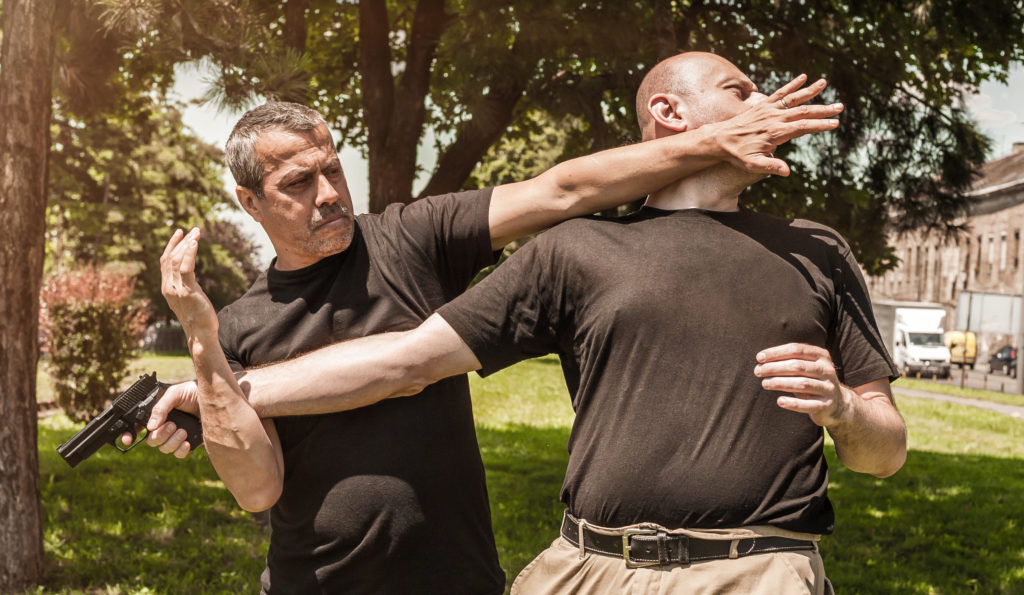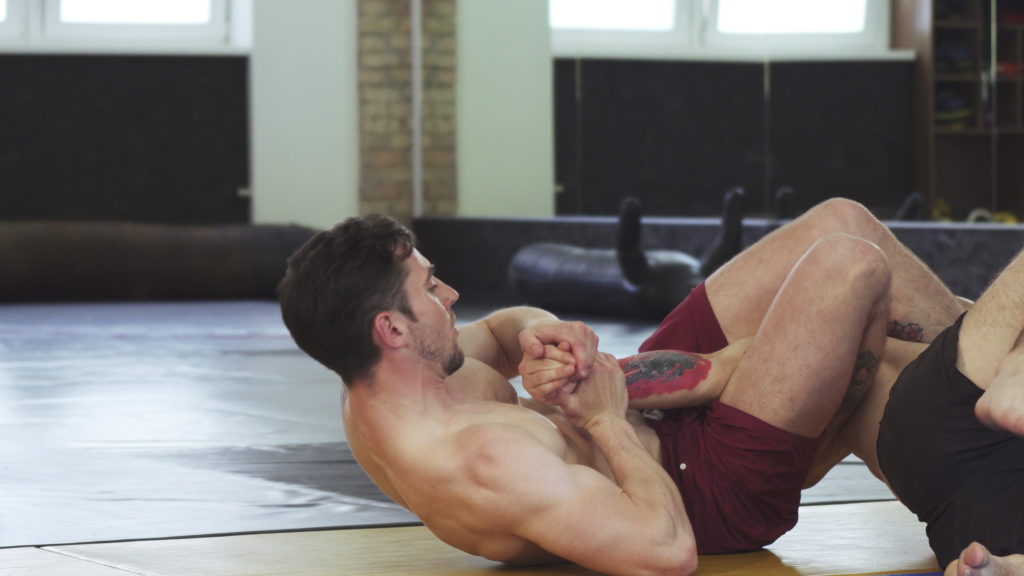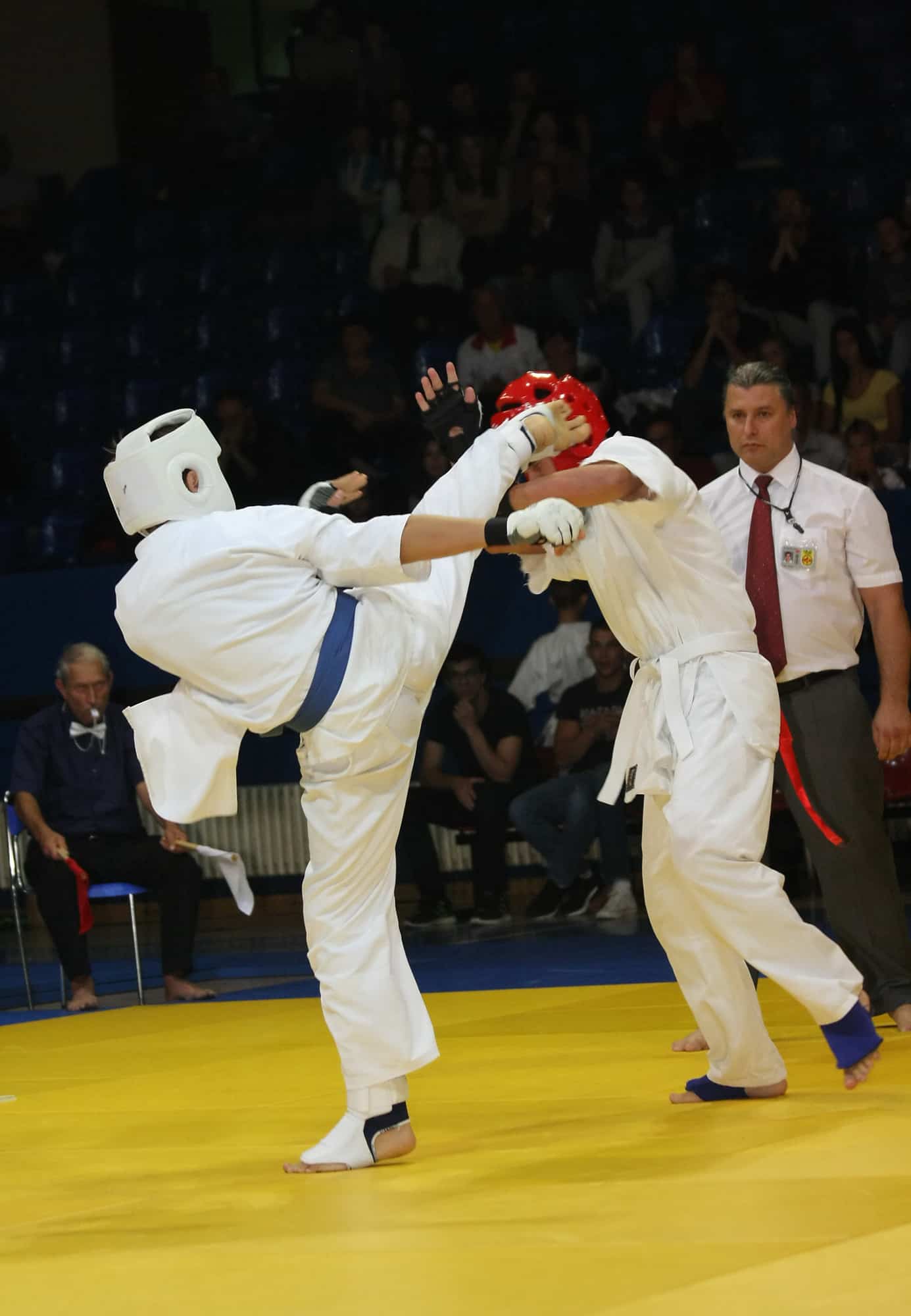What are the main differences between Kenpo vs Muay thai and how do they stack up in a head to head comparison?
Both Kenpo and Muay Thai have earned their place as formidable and respected martial arts.
Each boasting a rich history and distinct set of techniques.
In this article, we delve into the core principles, training methods, and combat philosophies that set these two martial arts apart.
By unraveling their unique strands, we aim to shed light on the contrasting characteristics that make Kenpo and Muay Thai distinct, helping individuals gain a better understanding of which path may align with their martial arts journey.
Whether you seek fluidity in circular movements and self-defense expertise or desire to harness the power of Thailand’s ancient striking art, our exploration of Kenpo and Muay Thai will equip you with valuable insights to make an informed choice in your pursuit of martial prowess.
What are the Main Differences: Kenpo vs Muay Thai?
Before we delve more into the fighting characterisitcs and training methods of these two styles (which we also touch upon briefly in this section) let us take a birds-eye view of these two styles in terms of the main differences.
Culture, Tradition
The main distinguishing feature between Kenpo and Muay thai is the culture and tradition from which they originate and later evolved into by incorporating more modern culture.
Muay thai is obviously from Thailand.
Culture, tradition and religion all play a very important part of muay thai.
And this is evident in the wearing of traditional attire such as the mongkol or ceremonial head band before a fight, traditional arm bands or pra jiad as well performing the ram muay wai khru before each muay thai match.
When it comes to traditional and cultural influences, Kenpo is much more varied and ‘mixed’
For starters the origins of Kenpo lie in China, and many say Shaolin Kung Fu.
But the systems of Kenpo seem to have become more refined and developed into katas and forms once they took root in Japan.
And indeed the term Kenpo is actually Japanese but originates from the Chinese term quán fǎ” (拳法), which translates to “fist method” or “fist law.”
Spiritual Growth & Development
Spiritual growth and development is a major part of Kenpo while in muay thai this is not such a major focus.
Kenpo systems such as Shorinji Kenpo are rooted in religion and Zen Buddhism and emphasise spiritual growth as well as physical growth and self defense.
Muay thai is purely focussed on fighting int he ring and training is structured to improve techniques, strategy and conditioning for actual ring fighting and competition.
In fact virtually all of the known systems of Kenpo emphasise mental and spiritual growth alongside physical conditioning.
While preserving tradition and Thai culture is very strong in muay thai the spiritual growth is not a main focus of muay thai as it is in Kenpo.

Weapons Training
Weapons training is not at all considered or trained in muay thai as the focus is on boxing and fighting int he ring using only the 8 limbs of the human body as weapons.
Weapon forms in Kenpo typically involve practicing and mastering the movements, techniques, and applications of various traditional weapons, such as:
- Bo Staff: A long wooden staff that can be used for striking, blocking, and trapping techniques.
- Escrima/Sticks: Pair of short sticks made from rattan or other materials used for striking and blocking.
- Sword (Katana): Training with a traditional Japanese sword, emphasizing precision and control.
- Knife (Dagger): Training with a small knife, focusing on close-quarters techniques and defenses.
- Nunchaku: A pair of connected sticks or batons used for striking, trapping, and joint-locking techniques.
- Sai: A three-pronged metal weapon often used for trapping and disarming an opponent.
Kenpo practitioners study weapon forms to develop their understanding of distance, timing, and coordination while learning the specialised techniques associated with each weapon. Weapon training enhances their overall martial arts skill and expands their capabilities for self-defense scenarios.
Full Contact Fighting in Compeition
Muay thai is fully focussed on full contact fighting in the ring.
However Kenpo does not really focus on full contact fighting. Through there are competitions and tournaments in Kenpo, full contact fighting is not a focus.
Most Kenpo competitions focus on katas and point scoring or semi contact fighting.
Differences in Fighting Techniques: Kenpo vs Muay Thai
There are quire distinct differences in fighting techniques and strategies when it comes to comparing Kenpo and Muay thai.
Self Defense vs Ring Competition
As muay thai is focussed on fighting in the ring with protective gear such as gloves, groin guards and mouth guards, the training is focussed on this type of combat.
Kenpo on the other hand is much more focussed on self defense and unpredictable real world fighting which can also include weapons and with no protective gear.

Joint Locks
As a comprehensive self defense and combat system, Kenpo includes many techniques which are forbidden in muay thai compeition.
This includes joint locks.
Joint locks are techniques that manipulate the joints of an opponent’s body, typically to control or immobilize them.
Kenpo incorporates various joint locks into its self-defense curriculum to provide practitioners with effective means of controlling and neutralizing an attacker.
In Kenpo, joint locks are often integrated with other techniques, such as strikes, kicks, and throws, to create a well-rounded self-defense system.
Training in joint locks also helps practitioners develop a deeper understanding of body mechanics, leverage, and the vulnerabilities of the human body.
Ground Fighting
Kenpo practitioners are typically taught basic ground survival techniques and strategies to defend themselves if they end up on the ground during a self-defense situation.
These techniques may involve escaping from pins, controlling an opponent’s limbs, and getting back to a standing position safely.
As muay thai is primarily focussed on boxing and bases fighting competition rules and regulations on Western Boxings Queensbury rules, ground fighting is not permitted.
Once a fighter hits the ground, the referee stops the fight and both fighters are required to resume the fight standing up, if a fighter can continue and there is no knock out.

Footwork and Movement
Kenpo practitioners often use footwork that enables quick changes in direction and angle to create openings for attacks and evasions.
The footwork in Kenpo is designed to maintain a balanced stance while being ready to move swiftly.
Muay Thai places importance on balance and stability, as fighters often engage in powerful striking exchanges.
Footwork in Muay Thai is more straightforward, with a focus on maintaining a solid base and using small steps to adjust distance and angles.
Clinch and Close-Range Techniques
While Kenpo includes some close-range techniques, it does not emphasize clinch work or grappling extensively.
Muay Thai excels in the clinch, where fighters can use devastating knee strikes and elbow techniques.
Clinching is a critical aspect of Muay Thai, enabling fighters to control their opponents and deliver powerful strikes from close range.

Which is Better?
Which is better; Kenpo vs Muay Thai?
This is a very subjective question and when it comes to actual combat or a real fight, it is often the heart of the warrior and their determination as well as physical strength and size that can be a determining factor.
however, when it comes to learning and training one style over the other it really depends on the practitioner themselves and what their goals are with learning and training martial arts.
Kenpo can be considered more holistic and better suited for self defense because of the training focus as well as inclusion of weapons training and how to handle multiple attackers and weapons attack and defnese.
Muay thai is more suited to competition and can be more suited to someone who wants to compete in MMA or even Kickboxing.



